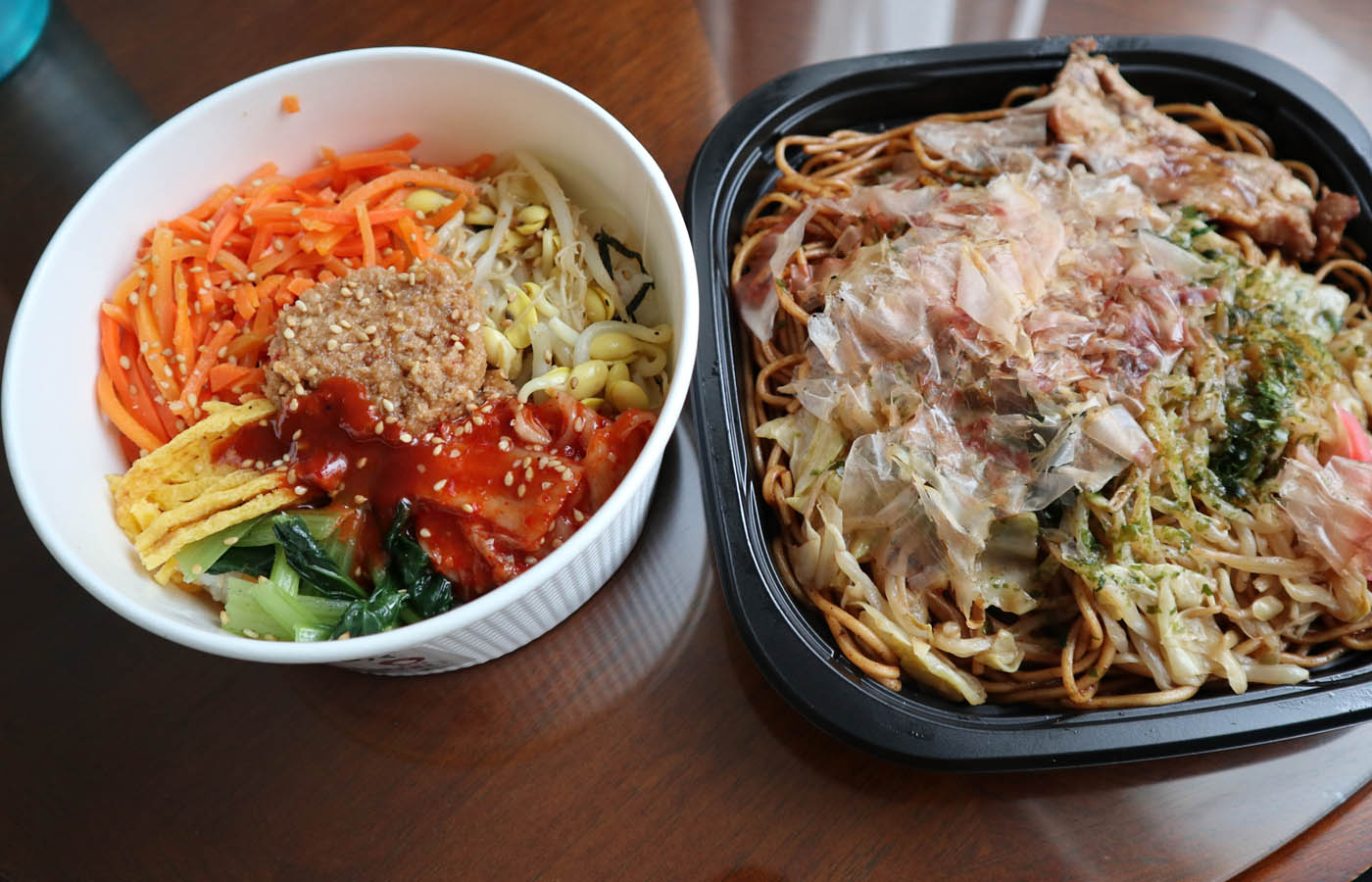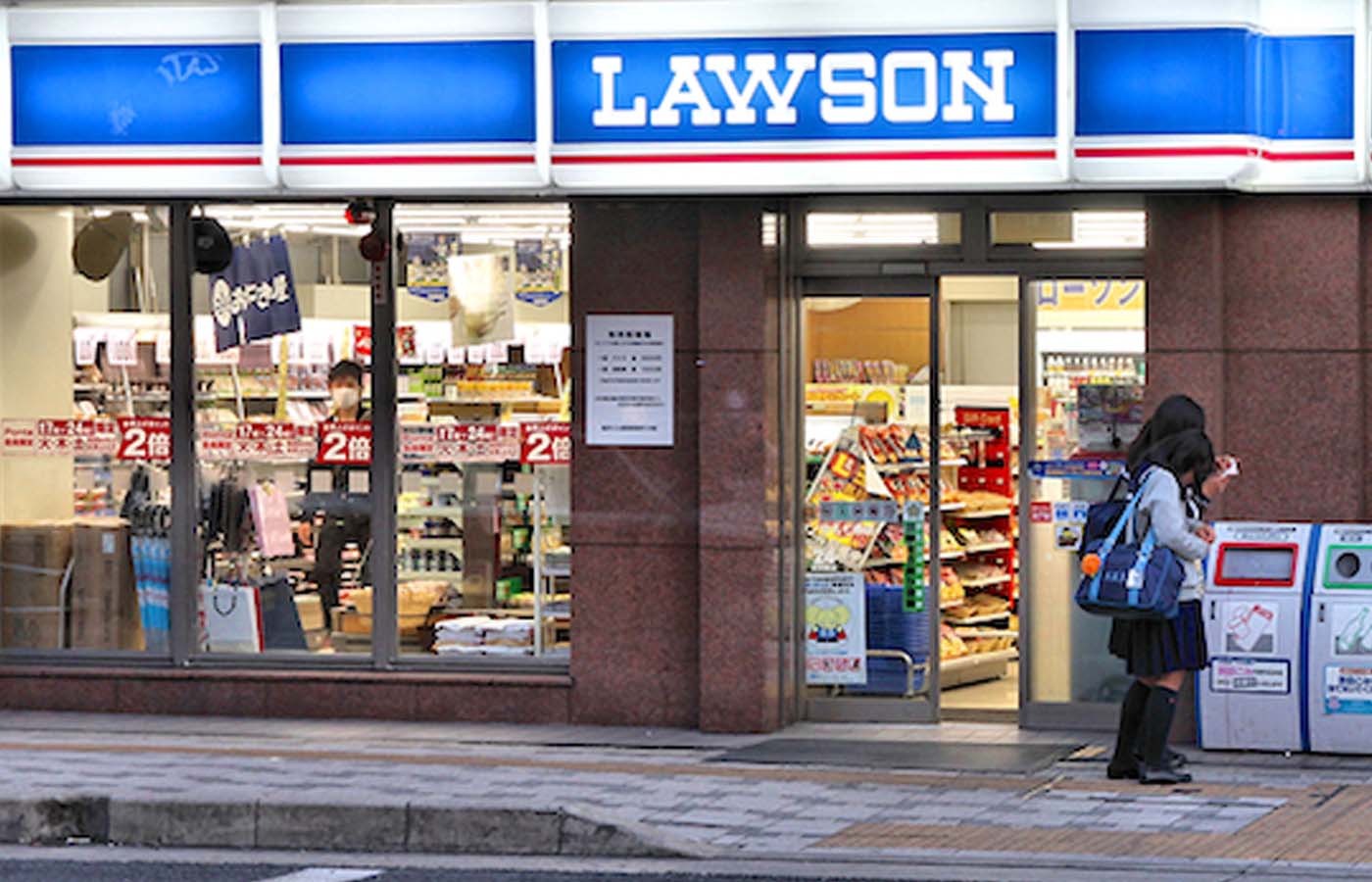If you’ve got a trip scheduled to Japan, then it’s time to read up on popular literature about Japan’s convenience store culture. “Convenience Store Woman” is an Akutagawa Prize-winning novel by Japanese author Sayaka Murata, that tells the story of a worker struggling to find a place in the traditional society, leading an unorthodox life with a job at a convenience store.
In the book, Japanese convenient stores are described in an incredibly romantic way. We’re told that they’re considered to be tiny microcosms within society that aim to nourish customers and bring joy to their lives with new and unique snack foods. The novel states “a convenience store is not merely a place where customers come to buy practical necessities … it has to be somewhere [consumers] can enjoy and take pleasure in discovering things they like.”
Are you in a state of suspended belief when comparing this amazing description of convenience stores there to typical American ones? No offense, but the ones in the states tend to be on the grim and depressing side. There are a few respectable marts in the US, but need I remind everyone that you’re usually greeted by a long hair-tangled clerk, just in from a chain-smoking break out back, who seems distracted while ringing up the total for a greasy hot dog, belly-sickening Slushee, and a day-old donut.
The convenience stores in Japan are known as ‘konbini’. The three major players that dominate the Japanese market there are 7-Eleven, Family Mart, and Lawson. But do not be misled by the recognizable names and think hastily that the quality of food offered in these marts is sub-par – like we often find in the US.
On the contrary, the convenience stores of Japan are like those of a parallel universe. Moreover, they can actually be very useful for tourists, and serve as a great introduction to the taste preferences of locals.
So when you finally cross the threshold of a ‘konbini’ and scan the dazzling array of products available (the new ones are usually pasted with a big red sticker), skip the traditional flavored chips and reach for the bag flavored with something uniquely Japanese instead: crisps with mayonnaise, ume (a plum-like fruit), and soy sauce. Or a baguette stuffed with fried noodles, followed by a matcha-flavored Kit-kat bar for dessert. Sounds exciting to me.
You’ll find a ton of healthy snacks too, like freshly made onigiri rice balls, nakashoku (take-away) udon noodle bento boxes, and traditional baked buns filled with sweet bean or pumpkin cream. The variety and presentation of goods is both phenomenal and delightful.

Visitors to Japan say that there’s nothing intimidating about entering one of these stores, and that they are an excellent place to shop for a cheap lunch that’s straight up good – something that can be helpful when visiting a place like Japan, where everything can be different and disorienting.
A Japanese convenience store might not be a utopia of Elysian Fields, bliss and harmony, but perception is all relative – and it’s most certainly fun. Residents rely on these one-stop-shops multiple times per week, and they are considered a cornerstone of their lives, because, well, in today’s day and age, they are just that – convenient!






